
Li Xiaopeng, Minister of Communications (MOC), on Feb. 27 sent favorable messages in the press conference of the State Council Information Office that fixed-asset investment is expected to reach 15 trillion yuan for transportation in the “13th Five-Year Plan” period, around 2.5 trillion yuan more than that in the “12th Five-Year Plan” period; the total transportation investment scale will be 1.8 trillion yuan to support the poor; logistics cost of road and waterway will further reduce 40 to 50 billion yuan.
“Regarding to data of transportation field only, China still has huge space for economic growth, and along with the development of emerging sectors, like cyber car hiking, bicycle sharing and etc., China’s transport & logistics industry has a booming prospect”, industrial expert said.
Transportation blueprint launched for “13th Five-Year Plan” period
In the said conference, Li issued an important message that the State Council has already approved “13th Five-Year” Development Planning for Modern & Comprehensive Transportation System.
This planning is one of 22 major special project plans during “13th Five-Year Plan” period, which will guide the development of transportation industry from 2016 to 2020, journalist learnt.
It clearly proposes that transportation investment will total at 15 trillion yuan in the said period, with 3.5 trillion yuan for railway, 7.8 trillion yuan for road, 0.65 trillion yuan for civil aviation, and 0.5 trillion yuan for waterway.
“The operated railway distance is predicted to increase around 30,000 km totally through efforts of the “13th Five-Year Plan”; that for high-speed rail will increase 11,000 km; around 320,000 km will increase for road, and especially, that for expressway will be 30,000 km more roughly; over 300 berths of over-10,000-ton ports will be added; over 50 civil aviation airports will be newly constructed”, Li said.
During the “12th Five-Year Plan” period, the investment of 12.5 trillion yuan had been carried out for China’s transport infrastructure, according to the white paper of China’s Transportation Development released at the end of last year. Compared to the goal of “13th Five-Year Plan”, the investment to this respect will further increase.
From the plan of 2017, 800 billion yuan is expected to invest in railway sector, flat with the figure for last year; road system will realize an investment of 1.65 trillion yuan; and waterway will have 150 billion yuan. Moreover, Ministry of Communications (MOC) will focus on efforts to construct the “last kilometer” road.
“It shows that transport infrastructure is still one of the key points for China’s investment field; additionally, many local governments raise the goal of GDP growth rate this year; investment is intensifying to this respect with promising prospect”, infrastructure industrial analyst pointed out.
Supply side reform of transportation aims at reducing logistics cost
Besides transport infrastructure investment, supply side structural reform is also one of the key points for this industry. The reform goal of 2017 aims at lowering logistics cost, and improving transportation efficiency and service quality, Li indicated.
Li proposed to reduce the cost. Logistics and roads should be available, and comprehensive hubs should be constructed, so as to develop multimodal transport and improve logistics efficiency. Secondly, system and service trading costs should be also reduced. Enterprise management should be reinforced to raise efficiency and economic performance. Information should also be connected to realize information share.
“We will encourage the development of new fields and new commercial activities, like ‘internet and transportation’; through these measures, logistics cost can be effectively reduced”, he said.
Based on incomplete statistics, road and waterway systems had totally reduced the cost of 36.5 billion yuan in 2016. “MOC will enlarge the work effort for 2017 to continuously lower the cost as much as possible, and the logistics cost of 40 to 50 billion yuan will be further reduced”, Li said.
Translatd by Jelly Yi
















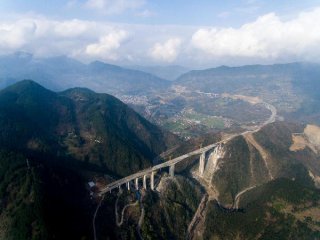
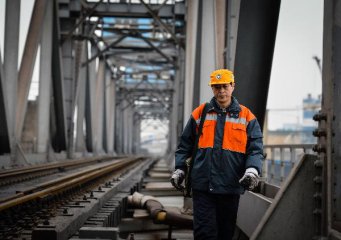
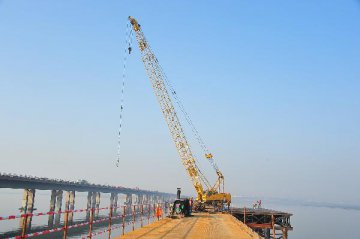
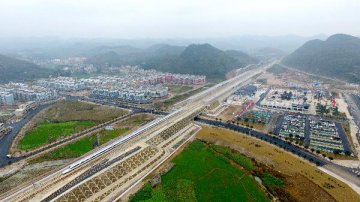
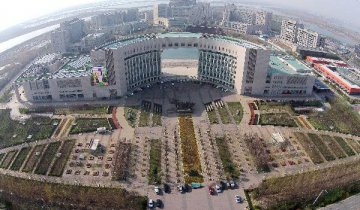
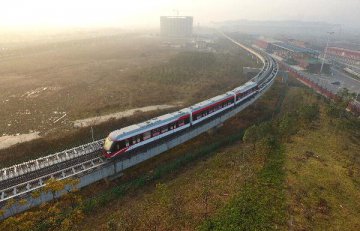


Latest comments